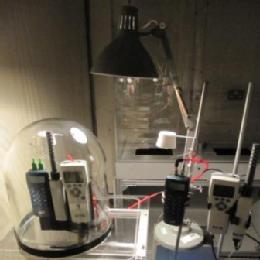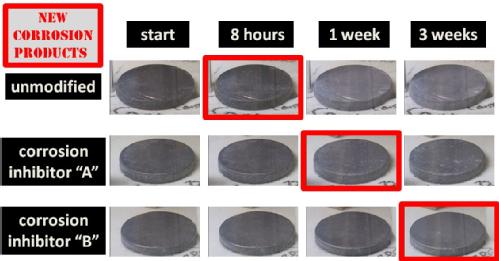Microclimates: controlling environmental damage to cultural heritage materials
| Most heritage artefacts were not built to last forever, and the environment in which they are located is often crucial to their survival. |
The air closely surrounding an artefact can be very different to more remote air, and it is the combination of the materials comprising the artefact's surface and the components in this air which determines whether it can be protective, or indeed very destructive. |
Air carries varying amounts of water vapour, acids, particles... and this local environment, or microclimate, can be intentionally produced or accidentally created. Here are some examples of destructive microclimates found in cathedrals and museums . . |
Two different approaches for improving cultural heritage conservation are being evaluated:
| 1. Prevention: limiting access of aggressive atmospheres to the air surrounding the artefact with compatible enclosures |
2. Protection: testing new unobtrusive surface materials on artefact materials to shield from aggressive atmospheres |
 |
 |
| Determining the air exchange rate of a simple glass enclosure with a tracer gas while monitoring internal-external temperature and pressure differentials |
In situ observation over time of a corrosive microclimate containing unmodified lead (control) and modified lead (candidate materials being screened for potential protection efficiency) surfaces. Surface characterisation, by X-ray diffraction, determines if the newly formed white corrosion products are oxides and carbonates of lead (passive/protective) and/or low molecular weight carboxylates of lead (corrosive/destructive) |
 .
.

